
How to Use FIT0449: Examples, Pinouts, and Specs
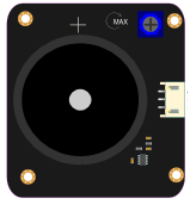
 Design with FIT0449 in Cirkit Designer
Design with FIT0449 in Cirkit DesignerIntroduction
The FIT0449 is a 12mm RGB (Red, Green, Blue) LED with a common anode configuration. This electronic component is capable of producing a wide spectrum of colors by mixing red, green, and blue light. It is commonly used in electronics projects for color indication, mood lighting, and lighting effects. The versatility of the FIT0449 makes it suitable for hobbyist projects, educational purposes, and even commercial applications.
Explore Projects Built with FIT0449
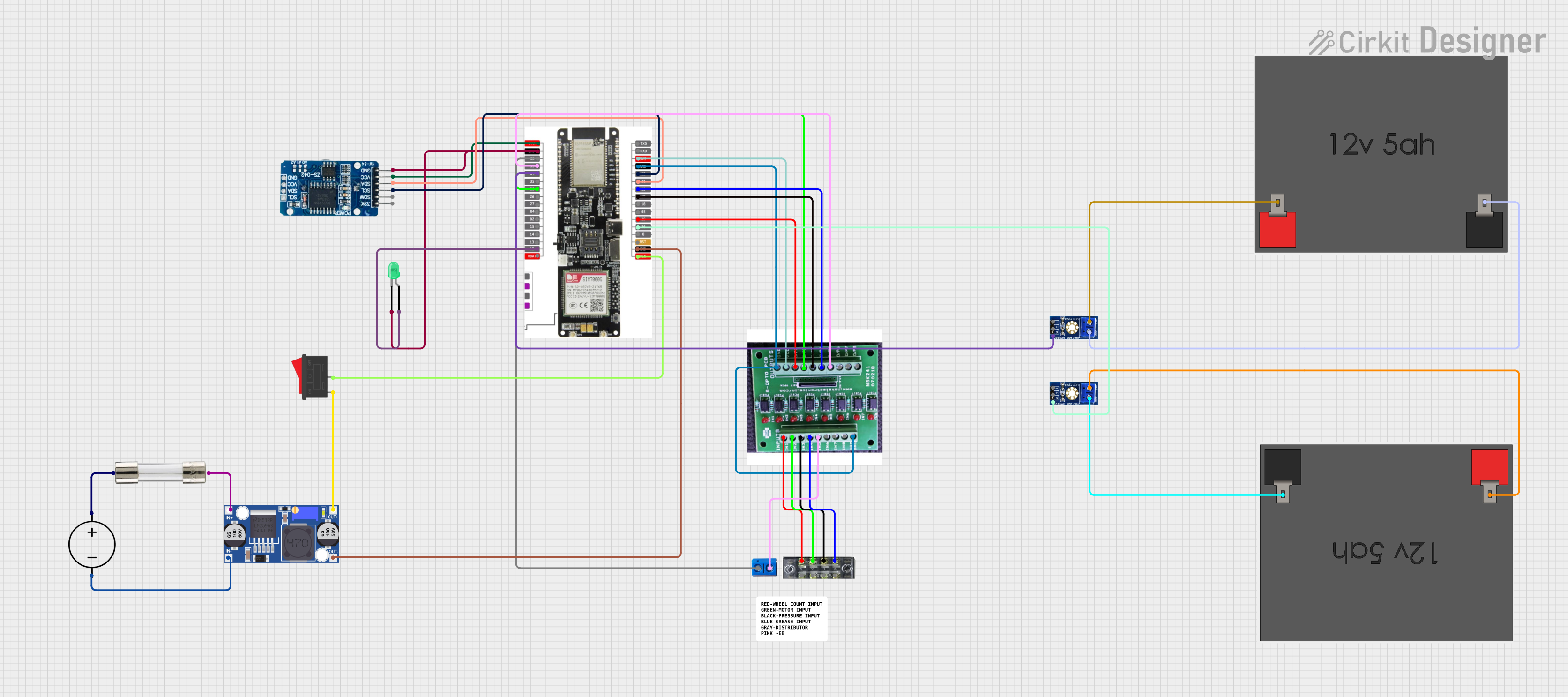
 Open Project in Cirkit Designer
Open Project in Cirkit Designer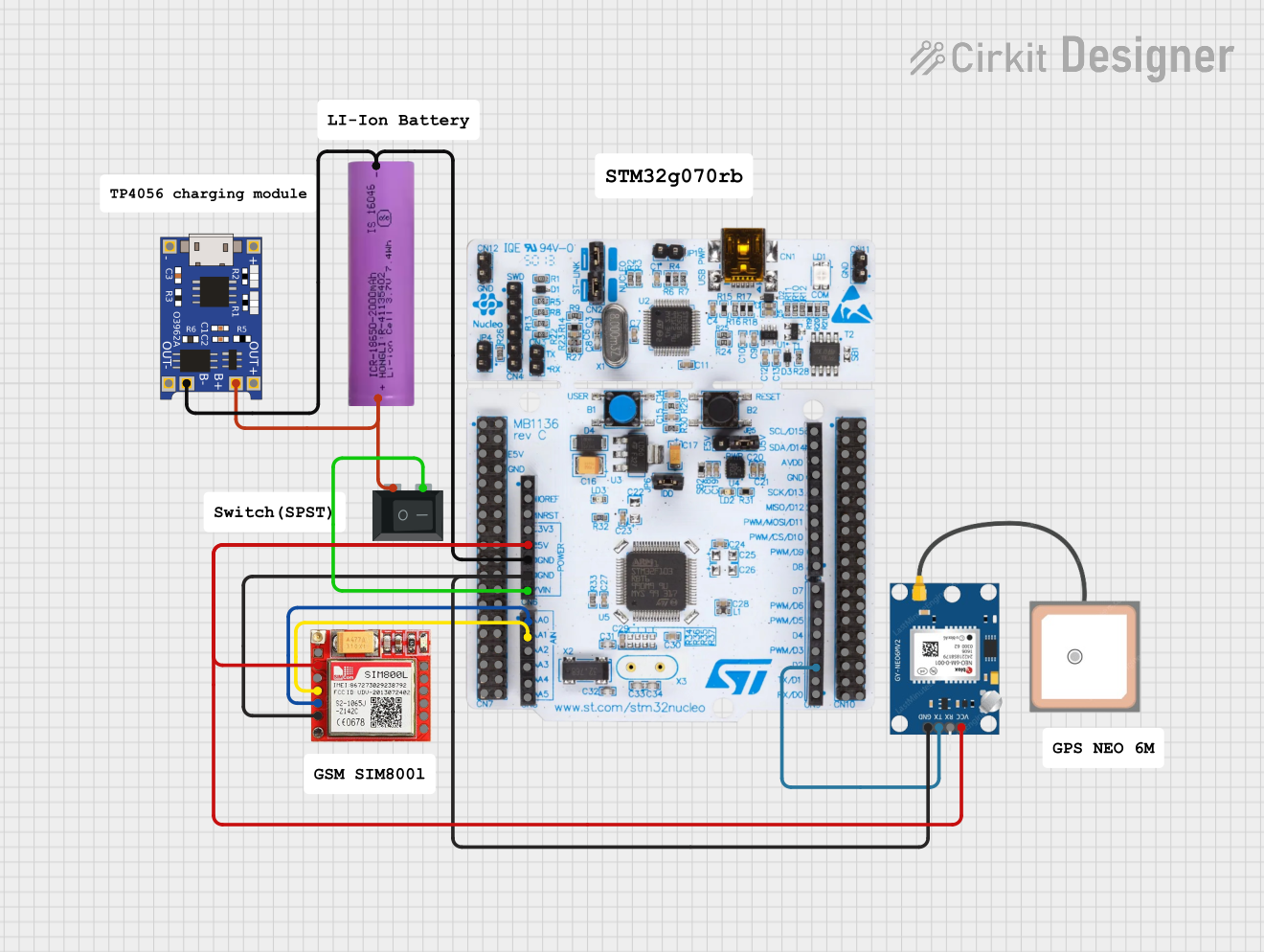
 Open Project in Cirkit Designer
Open Project in Cirkit Designer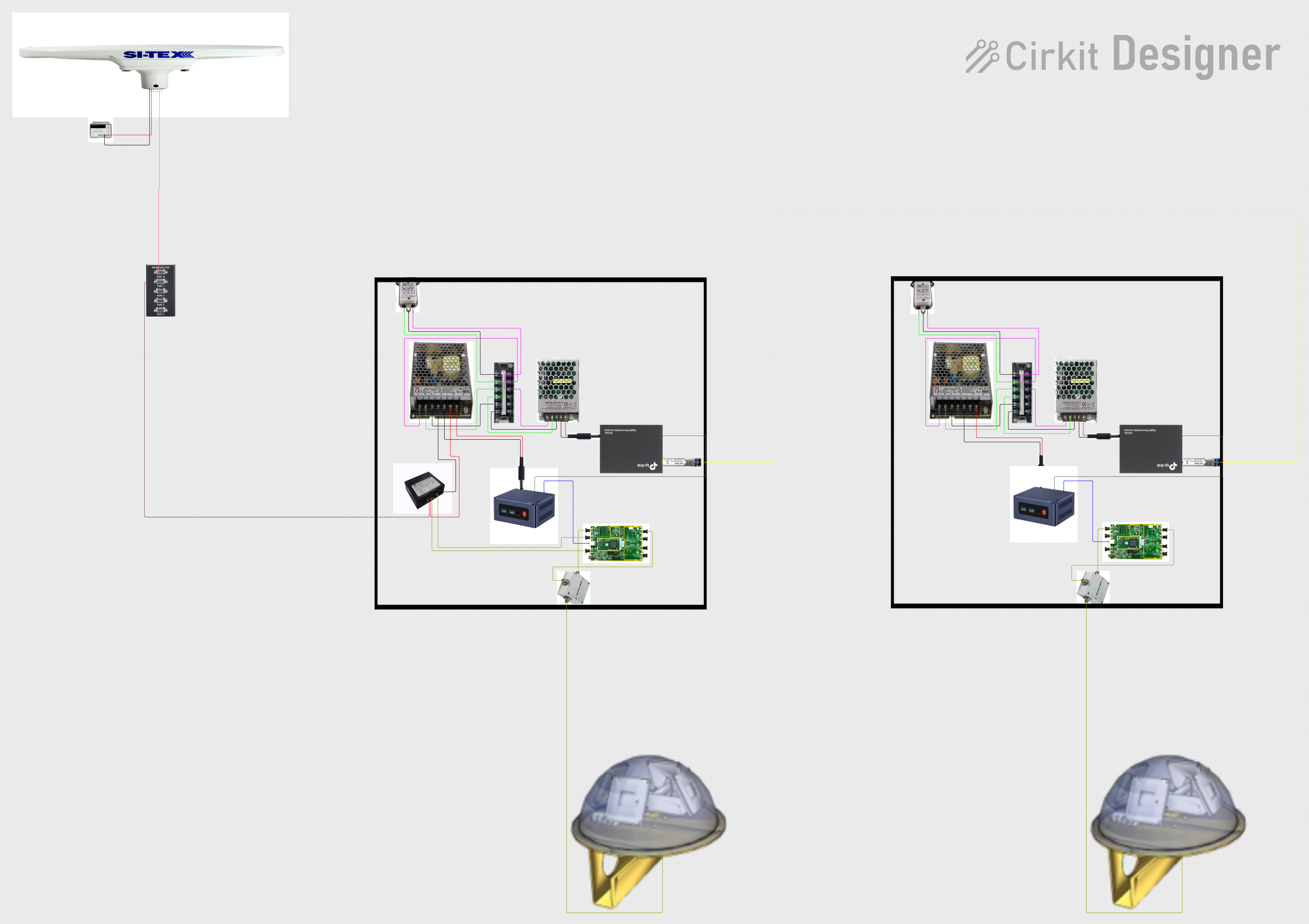
 Open Project in Cirkit Designer
Open Project in Cirkit Designer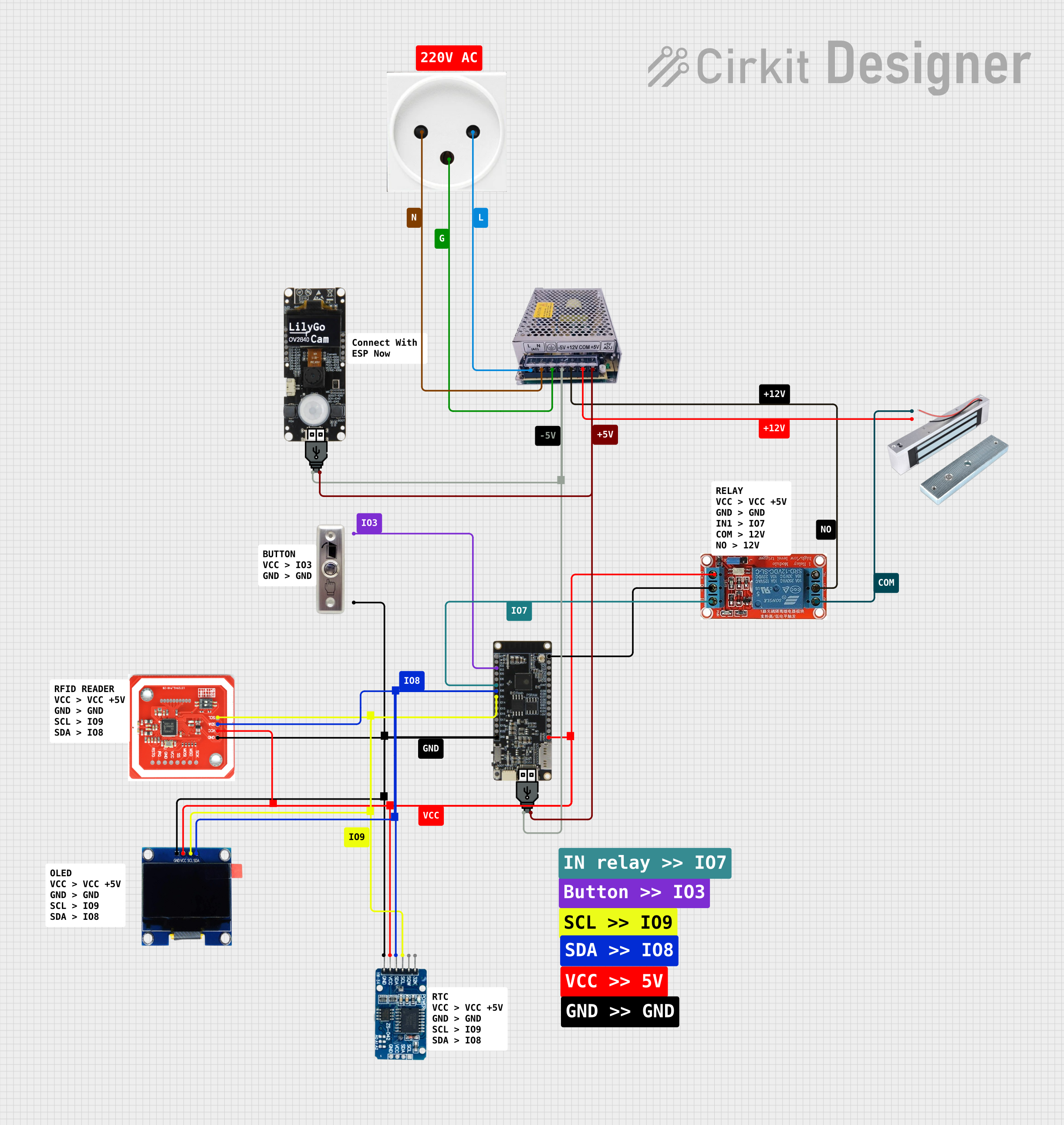
 Open Project in Cirkit Designer
Open Project in Cirkit DesignerExplore Projects Built with FIT0449

 Open Project in Cirkit Designer
Open Project in Cirkit Designer
 Open Project in Cirkit Designer
Open Project in Cirkit Designer
 Open Project in Cirkit Designer
Open Project in Cirkit Designer
 Open Project in Cirkit Designer
Open Project in Cirkit DesignerTechnical Specifications
General Features
- Diameter: 12mm
- Lens Type: Clear
- Forward Voltage (typical):
- Red: 1.8V to 2.2V
- Green: 3.0V to 3.4V
- Blue: 3.0V to 3.4V
- Forward Current: 20mA (per channel)
- Luminous Intensity:
- Red: 500-700mcd
- Green: 1100-1400mcd
- Blue: 200-400mcd
- Viewing Angle: 30 degrees
Pin Configuration
| Pin Number | Description |
|---|---|
| 1 | Red Anode |
| 2 | Green Anode |
| 3 | Blue Anode |
| 4 | Common Cathode |
Usage Instructions
Connecting to a Circuit
To use the FIT0449 in a circuit, connect the common anode pin to a positive voltage supply and each of the RGB anodes to a current-limiting resistor before connecting to the ground or a microcontroller's GPIO pins. The value of the resistor will depend on the supply voltage and the desired current. Typically, a 220-ohm resistor is used for a 5V supply.
Best Practices
- Always use current-limiting resistors to prevent damage to the LED.
- Avoid exceeding the maximum forward current and voltage ratings.
- Use pulse-width modulation (PWM) to control the brightness and color mixing.
Example Code for Arduino UNO
// Define the RGB LED pins
const int RED_PIN = 9; // Red pin connected to digital pin 9
const int GREEN_PIN = 10; // Green pin connected to digital pin 10
const int BLUE_PIN = 11; // Blue pin connected to digital pin 11
void setup() {
// Set the LED pins as output
pinMode(RED_PIN, OUTPUT);
pinMode(GREEN_PIN, OUTPUT);
pinMode(BLUE_PIN, OUTPUT);
}
void loop() {
// Set the color to purple
analogWrite(RED_PIN, 255); // Red at full intensity
analogWrite(GREEN_PIN, 0); // Green off
analogWrite(BLUE_PIN, 255); // Blue at full intensity
delay(1000); // Wait for 1 second
// Set the color to aqua
analogWrite(RED_PIN, 0); // Red off
analogWrite(GREEN_PIN, 255); // Green at full intensity
analogWrite(BLUE_PIN, 255); // Blue at full intensity
delay(1000); // Wait for 1 second
}
Troubleshooting and FAQs
Common Issues
- LED not lighting up: Ensure that the common anode is connected to a positive voltage and that each anode is connected through a current-limiting resistor to the ground.
- Dim or uneven color output: Check that the resistors are of the correct value and that the supply voltage is adequate.
- LED burned out: This can happen if the current-limiting resistor is omitted or if the voltage applied is too high.
FAQs
Q: Can I control the FIT0449 with a microcontroller? A: Yes, you can control the FIT0449 using a microcontroller like the Arduino UNO by using PWM on the RGB pins.
Q: What resistor value should I use? A: For a 5V supply, 220-ohm resistors are commonly used. Adjust the value based on your supply voltage and desired current.
Q: How do I create different colors? A: By adjusting the PWM signal to each of the RGB pins, you can mix colors to create a wide range of hues.
Q: Can I power the FIT0449 directly from an Arduino pin? A: Yes, but ensure that you do not exceed the maximum current rating of the Arduino pin and the LED.
Q: Is it possible to chain multiple FIT0449 LEDs together? A: Yes, you can chain them, but each LED will need its own set of current-limiting resistors, and you must ensure that the power supply can handle the total current draw.